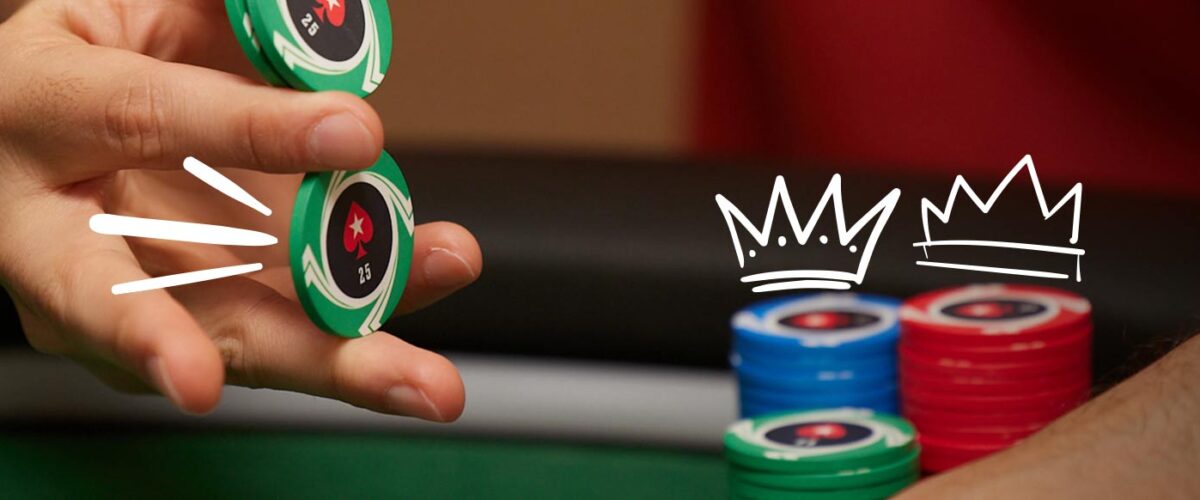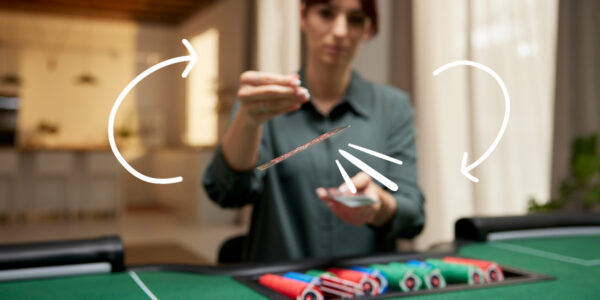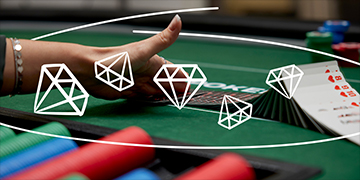3 Situations When You Should Consider Slowplaying Your Big Hands
There aren’t many things in life more fun than raising an opponent when you know you’re holding a very strong hand.
But sometimes, you can win more by doing less.
In this article, we’re going to look at three situations when you should consider slowplaying your big hands rather than raising them.
What do we mean by ‘slowplay’?
Poker vocabulary is full of jargon that can confuse those unfamiliar, but in this case, there’s no fancy-schmancy lingo.
Slowplay literally means to play your hand slowly.
In other words, instead of three-betting with a very strong hand, you choose to just call a raise. Or instead of betting when your opponent checks, you might opt to check behind.
This disguises the strength of your hand and gives your opponents the room to keep betting, whether they have a hand or not.
A famous example of slowplay is the final hand of the World Series of Poker (WSOP) Main Event in 1988 when Johnny Chan trapped Erik Seidel during heads-up play (the hand was immortalised in the 1998 film Rounders).
Chan flopped the nut straight with J♣ 9♣ on a Q♣ 8♦ 10♥ 2♠ board and decided to check-back on the turn when Seidel checked to him. This move prompted Seidel to shove all in on the 6♦ river with Q♣ 7♥ for top pair – music to Chan’s ears. He called and won the WSOP Main for the second consecutive year.
That slowplay clearly worked out for Chan, but what are three common situations in poker tournaments where you should consider slowplaying your big hands?
Let’s go through them.
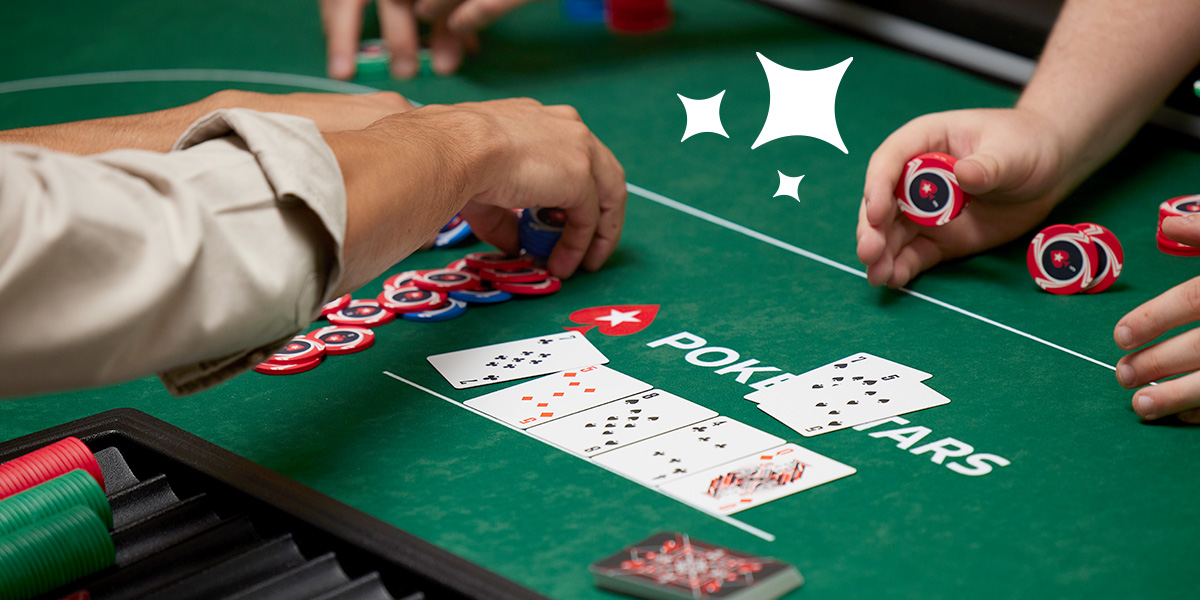

A very aggressive opponent
If you’re playing in position against an opponent who’s shown a propensity to put a lot of chips in the pot, you might want to consider slowplaying a big hand in certain situations.
That might seem counterintuitive. Surely if the opponent is aggressive and unafraid to make big moves in big pots, then we want to build the pot by raising, right?
Absolutely, but that’s assuming that our opponent has a hand they can continue with. They might fold if we raise, which would be a disaster if we’re holding a strong hand.
While not increasing the amount of chips our opponent has to put in the pot, perhaps calling their bets wins you more chips in the long run as they can continue to fire on the turn and river.
If you still feel like you have the best hand on the river, that’s your time to raise.
Not every hand is going to escalate all the way up to an all-in collision, no matter how badly we want that to be the case when holding a strong hand.
Instead, just think of how you can win as many chips as possible in each hand. Sometimes that’s only a small amount, but it’s better than nothing.
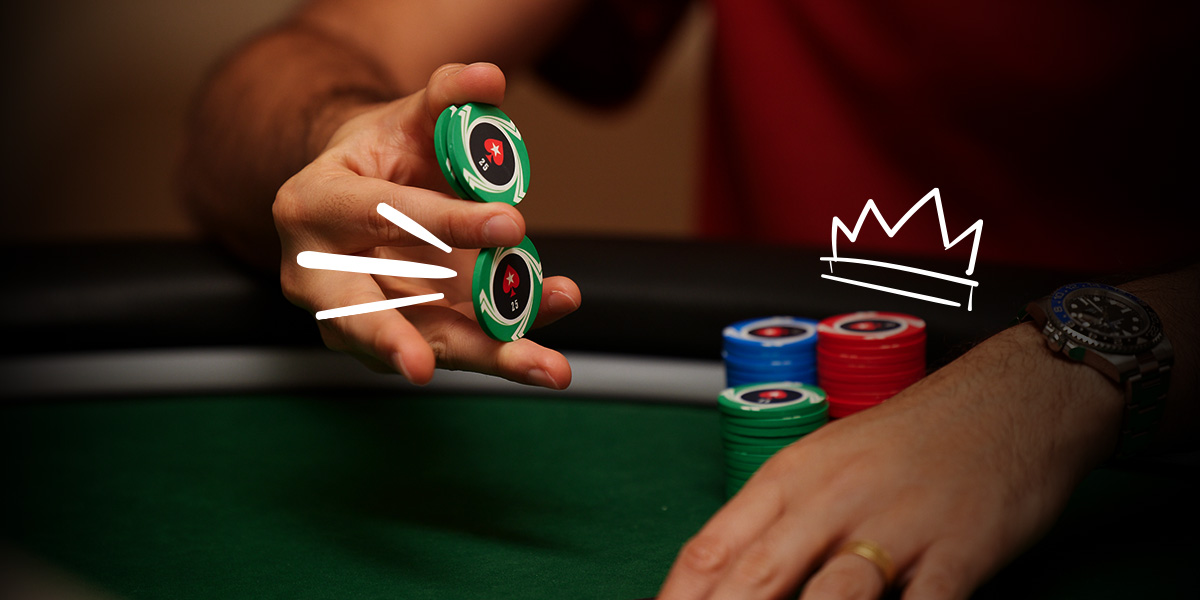

Shove stacks in progressive knockout tournaments
Another situation where you might consider slowplaying a big hand is when you’re playing in a Progressive Knockout (PKO) tournament and there are lots of potential shove stacks (20 big blinds or less) on your table.
Let’s say the under-the-gun player opens and you’re dealt pocket queens, kings or aces in middle position. The cutoff, button, small blind and big blind all have short stacks and bounties on their heads.
In this instance, while every fibre in your being wants to raise and build a pot, it might actually be preferable to call the open. In doing so, you feign weakness and make it more attractive for a short stack to shove in a bid to win the pot there and then. Usually, when you squeeze-shove in a spot like this, you’re only really worried about getting called by the initial raiser. If they fold, then more often than not, the caller will fold too.
So, let’s say one of the short stacks does shove and it folds back to the initial raiser. Depending on the size of their stack, they might now feel they’re in a great position to shove over the top and isolate the all-in player. You have an easy call here.
By just calling the initial open, there’s potential to see lots of action take place while you wait on the sidelines. Had you three-bet instead, the short stacks might wait to find a better spot as they no longer have as much fold equity.
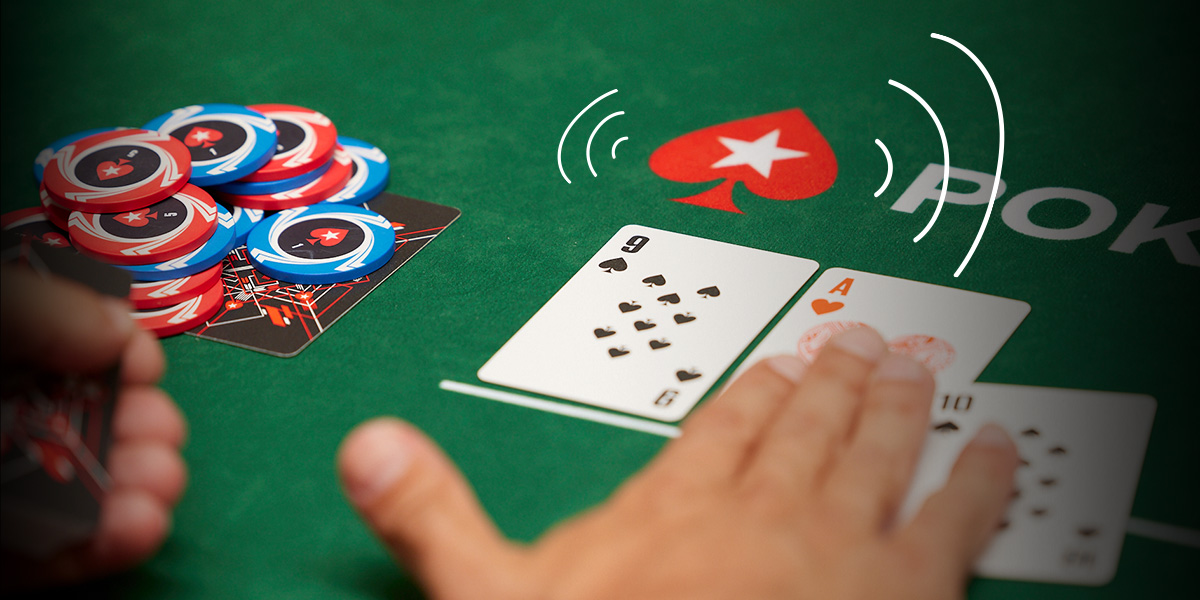

On a big bubble
The third situation we’re going to cover is all about the money bubble.
When you enter a poker tournament, the dream is always to win it, or at least run deep enough to where the payjumps get interesting.
The goal is rarely just to min-cash in an event. However, the reality of tournament poker is that cashing in events regularly is very important to maintaining your bankroll. If you always “play to win” by amping up your aggression or taking high-variance spots as you approach the bubble, your bankroll might take a hit.
That being said, if you’re playing in a tournament that you’re comfortably bankrolled for and a securing a min-cash isn’t that important, then by all means go for the win. The big money is up top, after all, and if winning a flip takes you to the top of the chip counts, then go for it.
But what about those bubbles where min-cashing is really important?
Let’s say you qualified for a big event via a satellite. It’s a tournament with a buy-in you would never normally play and a good result would have a major impact on your bankroll, maybe even your life outside of poker.
In those instances, it’s absolutely fine to play cautiously on the money bubble. And this might mean slowplaying your big hands.
By slowplaying, you help control the size of the pot and ensure you’re not putting your tournament life at risk. Then as soon as the bubble has burst, you can go back to playing your regular game.


